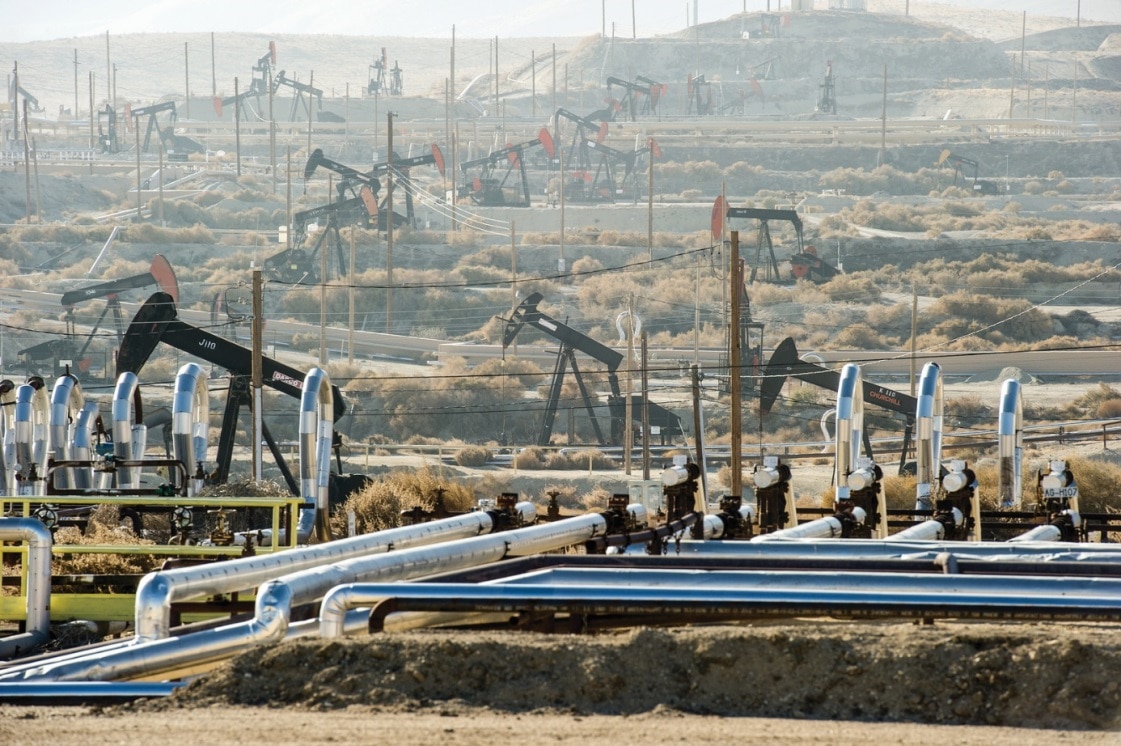Market Volatility is coming, as portended by the Bank of International Settlements (BIS) in a recently released statement - the group warned that global financial markets could be in for all-out turbulence, with investors treading cautiously ahead of an expected bout of high volatility and market uncertainty.
In its last Q4 report, the BIS, long considered the bank of banks and a fairly stable barometer of the investing world, has warned investors that governments around the world are running out of policy options. Indeed, the tension between the economic weakness and the market tranquility has to be resolved at some point. According to BIS’s Claudio Borio, the recent widespread market tranquility in the previous months has given way to a gathering tempest. He also stated that the recent sharp moves are not isolated incidents, but rather a warning of an upcoming volatility.
Yesterday, Asian markets enjoyed a broadly positive day and continued to gain back the losses suffered on January, but at the moment investors are focused on what central banks would do if another crisis happens.
The BIS’s report also stated that the fiscal space is as tight as possible and structural policies are largely dormant at the moment, all upcoming measures of central banks that seem to be reaching their limitations. Overall, one part of the turbulence that we had experienced is caused by the growing concern for policy support.
Claudio Borio conducted a survey on all the major disruptions over the last 3-month period, starting from the post-crisis interest rate hike by the Fed in December until the events over China’s economic slowdown. Over the last quarter, according to his research, markets were plagued by the growing fear over the health of the global banks and the Bank of Japan’s decision to introduce negative interest rates. Another factor that increases volatility and is probable in the near future is the fall of crude oil prices. In his research, he was searching for a common catalyst for the various global trends, landing upon debt as the key factor that helped him to understand a series of seemingly unrelated developments.
However, the crisis-related decline in productivity growth, as well as the stock of the global debt, has continued to increase, while space for policies has continued to narrow. Overall, public sector debt has also increased broadly in tandem with these aforementioned factors, with private sector increases being concentrated mainly in emerging markets (EM). It is considered that the continuing weakness of oil prices is not only highly probable, but likely to instigate a growing period of volatility across markets.

















